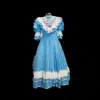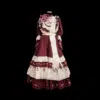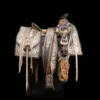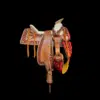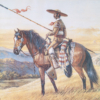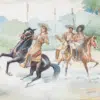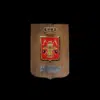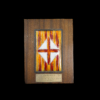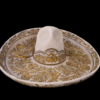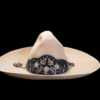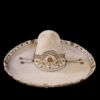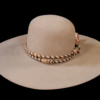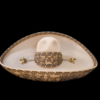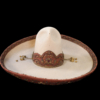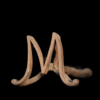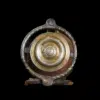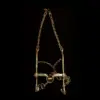DEER SUEDE CHINACO COSTUME
This suit is made from luxurious deer suede, standing out for its exceptional quality and durability, marking a significant advance over previous garments. In this specific case, the suit presents an even greater evolution by including a set of spherical silver buttons, known as "thunders", which provide an additional level of elegance and uniqueness.
The chinaco costume, in its beginnings during the 16th century, reflected the essence of the clothing of the time. It was made mainly from deer chamois, a material that provided resistance and protection against the elements. This attire consisted of a blanket blouse worn over the top and underneath, also made of blanket, were worn underneath. These garments were essential to protect against thorns and inclement weather, providing those who wore them with a practical and effective defense.
Originally, the skins were joined together at the front and back with string, which gave the suit a certain authentic rusticity. Later, buttons made of horn and bone, made from the same material as the suede, were introduced, adding a touch of sophistication to the design.
As for the adjustment and fastening of the attire, a sash or belt was used, which was tied at the waist, providing not only a practical function but also an element of visual contrast. In addition, a red scarf was used at the neck, not only as a stylistic element, but also to provide additional protection.
The jacket, in its beginnings, was presented in a simpler form, without the shoulder pads and ornamental buttons that would characterize later versions of the chinaco costume. However, this garment maintained its essential functionality, providing cover and warmth.
The chinaco costume in its origins was a testament to the ingenious and practical adaptation of the materials available at the time, combined with the need for protection and comfort in a challenging environment.
This small banded trouser, with its exquisite embroidery and distinctive details, offers a window into an era of master craftsmanship and elegance. It is a true jewel in the museum's collection, a tangible testimony to the rich history and traditions that shape the charrería.

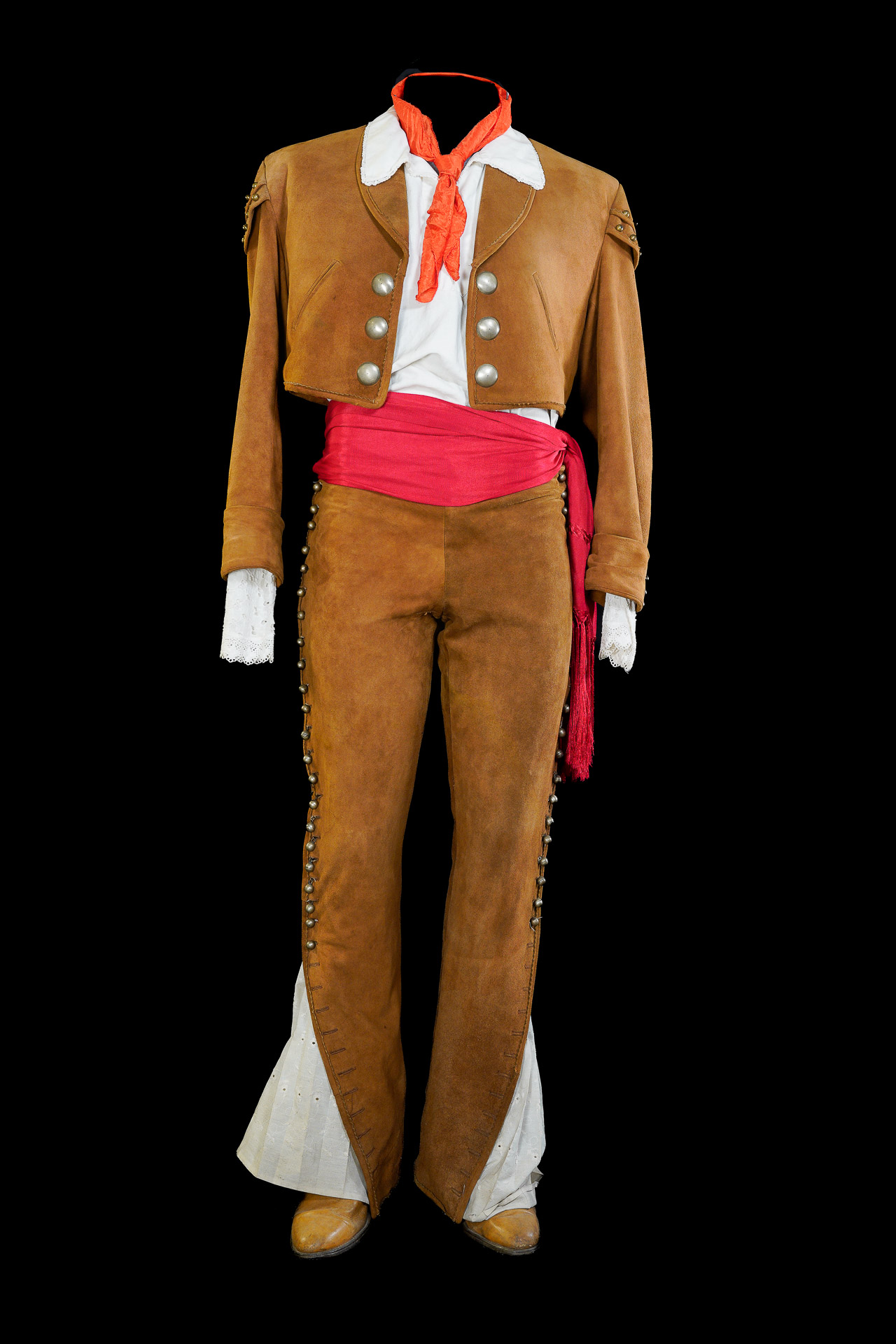

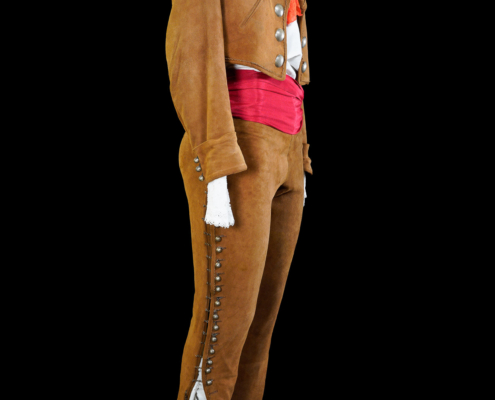
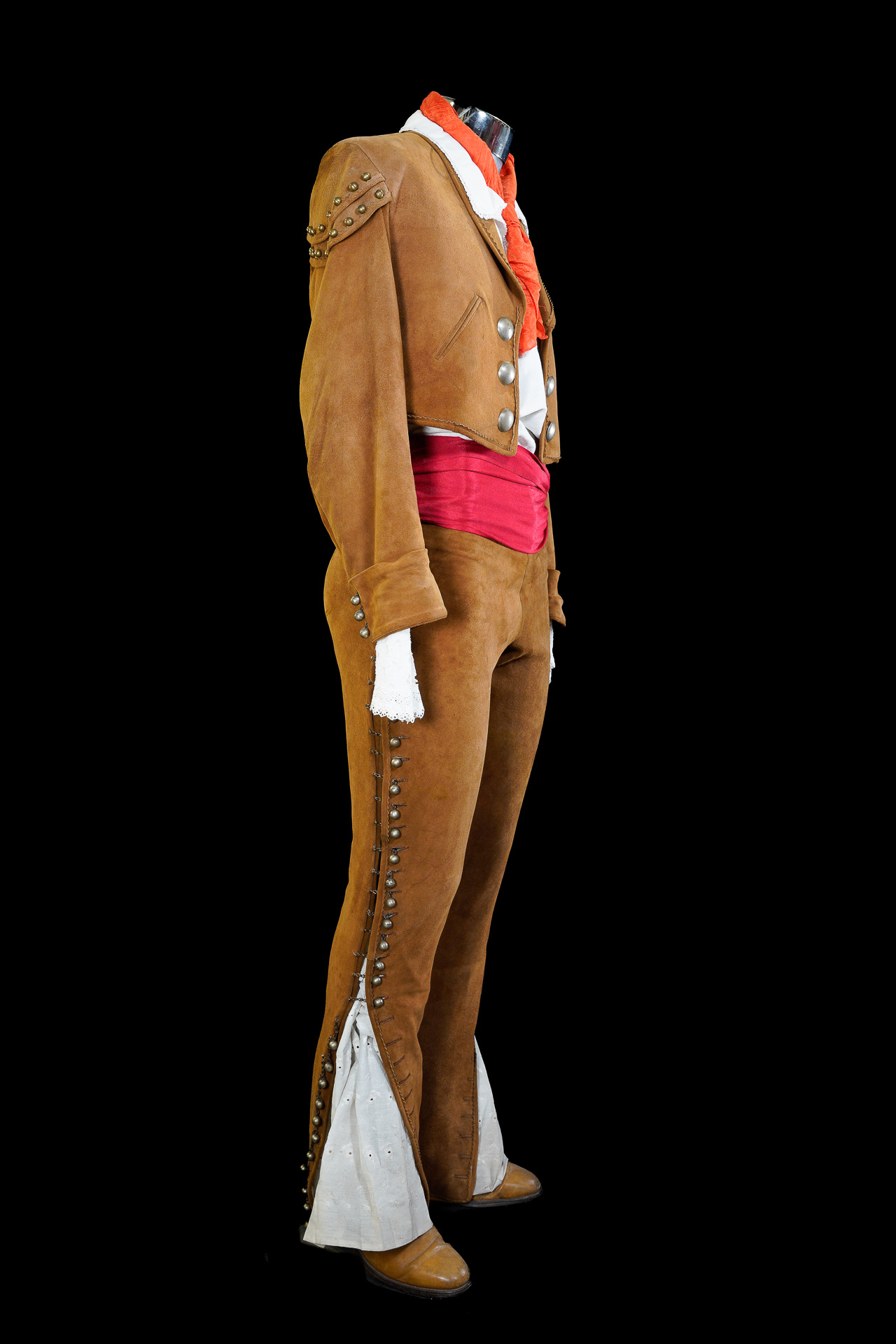
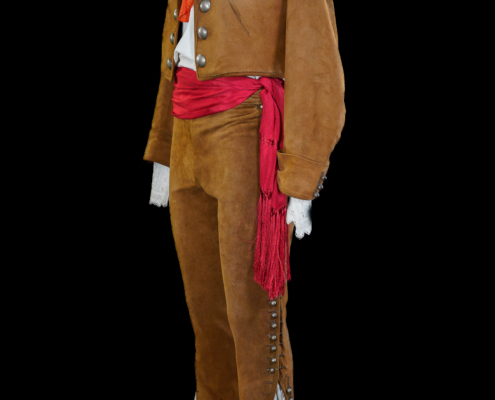
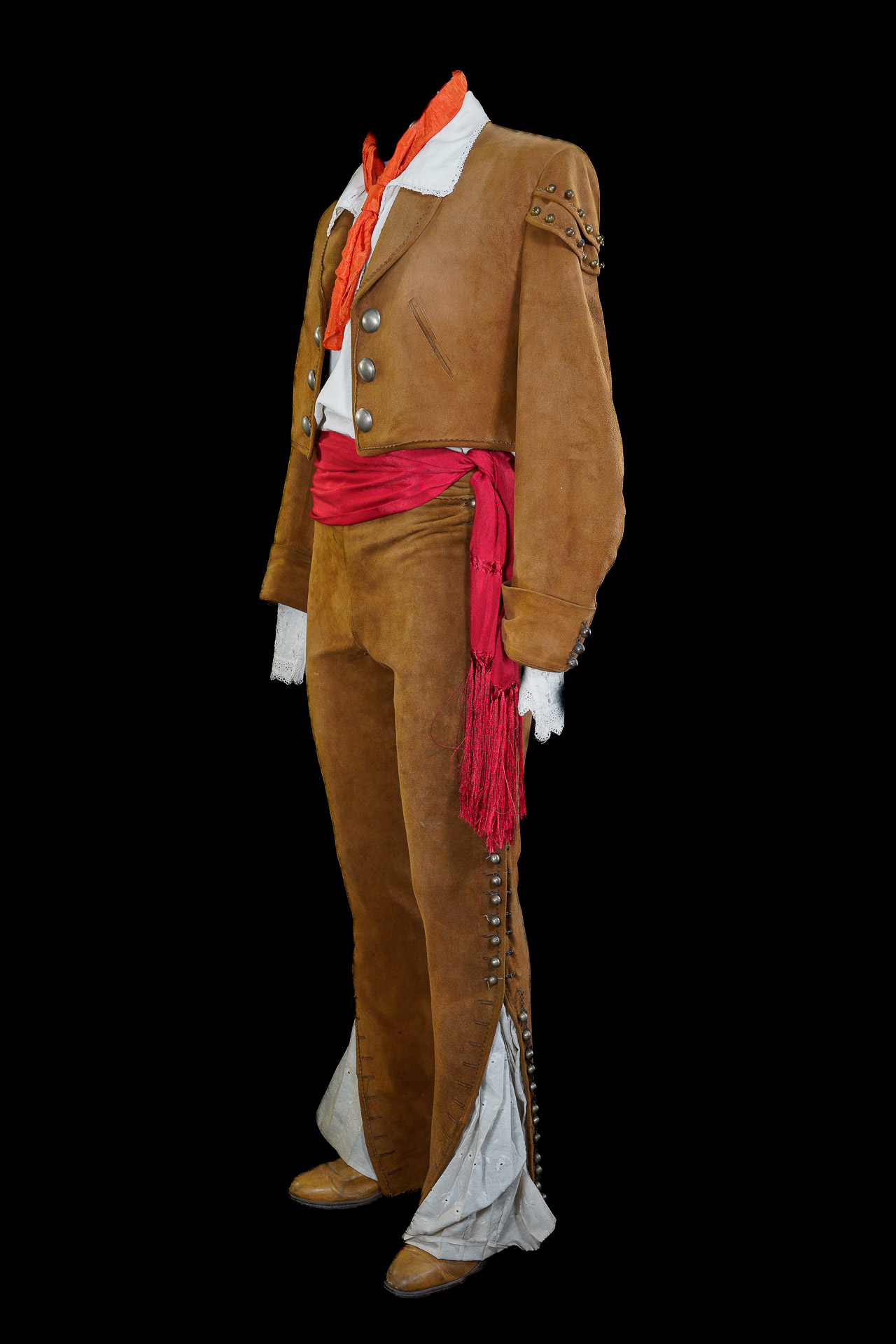
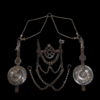
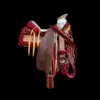
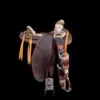
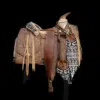
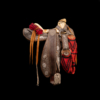
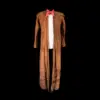

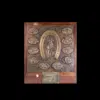
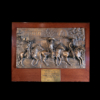
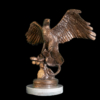
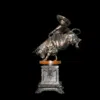

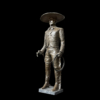
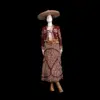
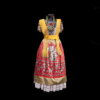
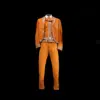
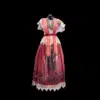 Antonio Gegundez
Antonio Gegundez